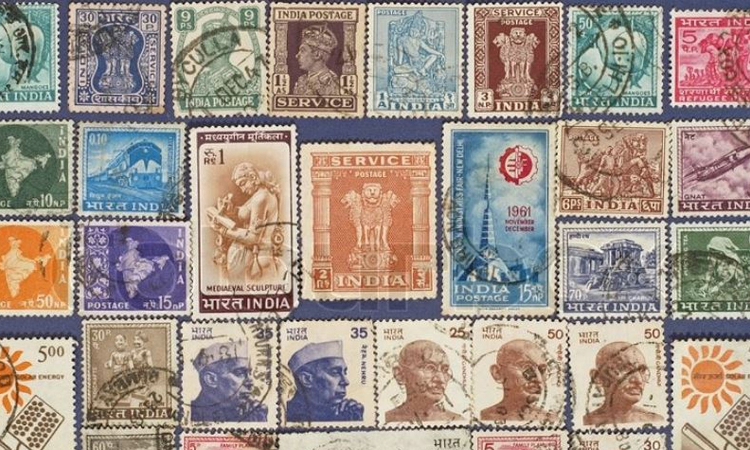Philately Vs. Antiquities & Art Treasures Act, 1972: The Question Of Antiquity
Yuvraj Francis
13 Nov 2022 2:30 PM IST

The High Court of Delhi recently delved into the aspect of classification of philatelic exhibits as "antiquities" within the meaning of the Antiquities and Art Treasures Act, 1972[1]. Philately is defined as the collection and study of postage and imprinted stamps[2]. "Antiquities" under the Antiquities and Art Treasures Act, 1972 is defined as any coin, sculpture, painting, epigraph other work of art or craftmanship, any object illustrative of science, art, crafts, literature, religion, customs, morals or politics in bygone eras, any object of historical interest, manuscript, record or document which is of scientific, historical, literary or aesthetic value which has been in existence for less than seventy-five years.
The reason the Court adjudicated upon whether philatelic exhibits are classified as antiquities within the purview of the Antiquities and Art Treasures Act, 1972 is because of the cumbersome process involved in carrying philatelic materials outside the country as the export of any antiquity of art treasure requires permission for export. The process involved approaching the Department of Posts in the first instance, after clearance from it, the Department of Culture has no provide a No Object which in turn gets a Temporary Export Permit from the Archeological Survey of India. The permissions were required as some of the stamps were over a hundred years old.
The Court observed that the examination of whether philatelic exhibits are, or not, "antiquities" within the meaning of the Act, cannot be bound by the view that the departmental authorities were taking and that the entire definition of "antiquity" as contained in the Act has to be taken into account, all the clauses of the definition have to be seen. The State submitted that any philatelic objects and postage stamps older than 75 years shall be covered under the definition of "antiquity" under the Act. Therefore, permission would be required for carrying any such object outside the country.
Analysis
Any "article, object or thing of historical interest" which has been in existence for not less than 100 years is, per definition, an antiquity. The reference to "historical interest" and the age of the article, object or thing as being not less than 100 years are, clearly sufficient to restrict the ambit of the otherwise wide expression "any article, object or thing". The Court observed that no further narrowing of the expression by application of the principle of ejusdem generis or otherwise, would be justified.
The Court held that no discussion is required to conclude that postage stamps and other philatelic exhibits are "articles, objects or things" where there have been in existence for over 100 years, they would render them "antiquities". However, they must be, additionally, of historical interest. It was observed that most vintage items, per se, are items of "historical interest". Items which date back to such past times are, therefore, intrinsically of "historical interest". The very expression "historical interest" would encompass, within its vide scope, all the items which serve as indicia and indicators of the times that have gone, never to return.
Philatelic exhibits are of immense historical and scientific interest. Therefore, are ex facie "antiquities" within the purview of the Antiquities and Art Treasures Act, 1972. The Court also held that given the amplitude of the expression's "record" and "other document", it is possible to hold that stamps, stamp papers, envelopes and other such material, if they contain information, hand-written or otherwise, come within the ambit of the expression "manuscript, record or other document". For that reason, too, they would classify as "antiquities" within the purview of the Act.
The Court held that philatelic exhibits such as Stamps, Stamp Papers and Postal which are over seventy-five years old will be classified as "antiquity" under the provisions of the Antiquities and Art Treasures Act, 1972. With respect to simplifying the process for seeking permission abroad with philatelic exhibits, the Court decided not to intervene.
The author is an Advocate, practicing at the Supreme Court Of India and views are personal.
[1] Ajay Kumar Mittal Vs. UoI & Ors. W.P.(C) No. 3072/2008
[2] Merriam Webster Dictionary


